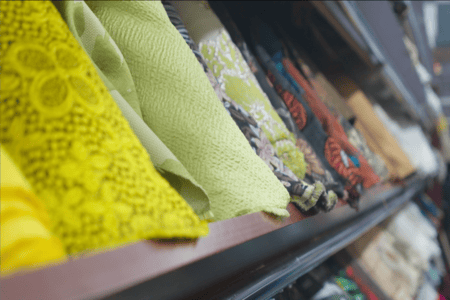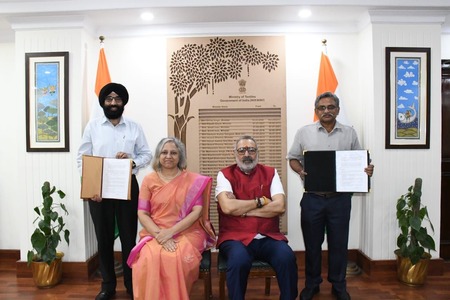
Scandinavian pulp makers look to develop alternative textiles to cotton
YarnsandFibers News Bureau 2016-04-01 16:00:00 – NorwayWith global output of pulp for textiles is expected to grow 30 percent by 2020 from 4.4 million tonnes in 2015, according to Oliver Lansdell at forest products industry consultancy Hawkins Wright. Scandinavian pulp makers are developing clean ways to turn birch and pine trees into clothes or sofa covers.
The move likely to help revive Scandinavian textile industry and meet demand from both fashion and furniture firms for alternative textiles to cotton as there has been no Nordic production of viscose, the main textile fibre from timber, since the last manufacturer stopped nearly a decade ago, while the 2011 spike in cotton prices contributed to increased global demand for viscose as well as pulp-derived lyocell.
Three Nordic mills export dissolving pulp, the product that can be turned into textile fibre. The industry would like to see textile fibre factories set up at home that will meet environmental rules and appeal to local brands like IKEA and H&M.
Anticipating the rise in demand, in 2011 Sodra, the Swedish association of 50 000 small forest owners, converted a paper pulp machine so they could make textile pulp. Stora Enso did the same in 2012.
Dag Benestad, head of dissolving pulp production at Sodra said that they expect cotton output to peak while textile demand will keep gorwing. The next step would be to set up factories at the mills, creating new jobs and saving money on energy and the cost of transporting for export.
Nordic mills, Sodra, Domsjo and Stora Enso are among those intensifying research into greener fibre production processes.
Market Intelligence
Ask for free sample Report

experience
Customer Base
dedicated team
Countries Served Worldwide









